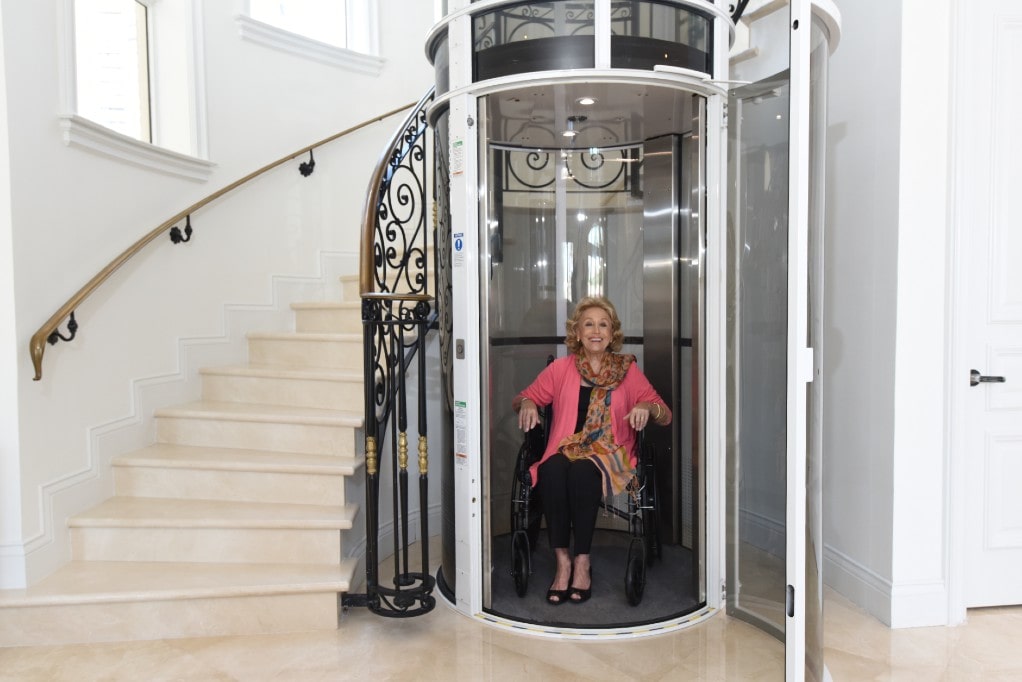A chair lift elevator is often considered the best home elevator for those seeking convenience, safety, and style.
These devices, also known as stair lifts, are essential for people with mobility challenges.
Among the various types, pneumatic elevators stand out as a top choice.
In this article, we’ll delve into why chair lift elevators, particularly pneumatic ones, are an excellent addition to any home.
Why Choose a Chair Lift Elevator?
A chair lift elevator offers unmatched ease of use.
It transforms everyday living for seniors and individuals with disabilities.
Imagine not worrying about climbing stairs again.
That’s the peace of mind a chair lift elevator provides.
Understanding Pneumatic Elevators As Chair Lifts Elevators
Pneumatic elevators use air pressure to move the cabin up and down.
They are a marvel of modern engineering.
Unlike traditional elevators, they don’t require a pit or machine room.
This makes them ideal for homes.
The Mechanism Behind Pneumatic Elevators
The science behind pneumatic elevators is fascinating.
The cabin is a sealed tube that moves vertically through a cylindrical shaft.
Air pressure above and below the cabin controls its movement.
Advantages of Pneumatic Elevators
Pneumatic elevators offer numerous benefits.
First, they are easy to install.
You don’t need extensive construction work.
This saves both time and money.
Second, they are energy efficient.
They use less electricity compared to traditional elevators.
Lastly, they are stylish.
Pneumatic elevators have a sleek, modern design that adds value to your home.
Installation Process

The installation of a pneumatic chair lift elevator is straightforward.
A professional team can set it up within a few days.
Here’s a simplified breakdown of the process:
- Assessment: Experts evaluate your home to determine the best location.
- Design: A customized design is created to fit your space.
- Installation: The elevator is assembled and installed.
- Testing: Safety tests are conducted to ensure everything works perfectly.
Safety Features
Safety is a top priority with chair lift elevators.
Pneumatic elevators come with several safety features.
These include emergency brakes, alarm systems, and backup power.
You can rest assured that you are in safe hands.
Real-Life Examples
Consider John, a senior living alone.
Climbing stairs was becoming a challenge for him.
He installed a pneumatic chair lift elevator and regained his independence.
Or take Lisa, who has a young child with mobility issues.
A chair lift elevator transformed her daily life, making every floor accessible.
Comparing Chair Lift Elevators with Traditional Elevators
Let’s compare chair lift elevators with traditional ones.
| Feature | Chair Lift Elevator | Traditional Elevator |
|---|---|---|
| Installation | Easy, quick, and non-intrusive | Requires extensive construction |
| Energy Efficiency | High | Moderate |
| Maintenance | Low | High |
| Space Requirements | Minimal | Requires machine room |
| Aesthetics | Modern, stylish | Conventional |
| Cost | Modern | Expensive |
As seen in the table, chair lift elevators, especially pneumatic ones, offer significant advantages.
Cost Considerations
The cost of a pneumatic chair lift elevator varies.
Several factors influence the price:
- Size: Larger elevators cost more.
- Features: Additional features add to the cost.
- Installation: Complexity of installation can affect the price.
However, despite the costs, the investment is worthwhile.
The convenience and safety they provide are priceless.
Enhancing Home Value
A chair lift elevator can significantly enhance your home’s value.
Potential buyers view it as a beneficial addition.
It shows that the home is accessible and modern.
Environmental Impact
Pneumatic elevators are environmentally friendly.
They use air, a renewable resource, to function.
Moreover, their energy consumption is low.
This reduces your carbon footprint.
Maintenance and Longevity
Maintaining a chair lift elevator is simple.
Regular checks ensure it functions smoothly.
Pneumatic elevators are durable and can last many years with proper maintenance.
Future of Home Elevators
The future looks bright for chair lift elevators.
Technological advancements are making them more efficient and Modern.
Pneumatic elevators, in particular, are gaining popularity.
Their unique features and benefits make them a top choice for homeowners.
Advanced Features of Pneumatic Chair Lift Elevators
Pneumatic chair lift elevators come equipped with a variety of advanced features that enhance functionality and user experience.
These features make them not only practical but also highly efficient and safe.
Let’s delve deeper into some of these technical aspects.
Air Pressure System
The core of a pneumatic elevator’s operation lies in its air pressure system.
Here’s how it works:
- Sealed Cabin: The cabin is an airtight cylinder.
- Vacuum Pumps: Powerful vacuum pumps remove air from above the cabin, reducing air pressure and causing the cabin to ascend.
- Air Valves: Controlled release of air through valves increases air pressure below the cabin, facilitating descent.
- Pressure Regulation: Sophisticated pressure regulation systems ensure smooth and safe movement of the cabin.
Emergency Systems
Safety is paramount in elevator design, and pneumatic chair lift elevators are no exception.
They come equipped with several emergency systems:
- Emergency Brake: Automatically activates if the elevator exceeds safe speeds.
- Battery Backup: Ensures the elevator operates during power outages.
- Alarm System: Alerts outside assistance in case of a malfunction.
- Manual Lowering: Allows the elevator to be manually lowered in case of a mechanical failure.
Smart Controls
Modern pneumatic elevators integrate smart controls that provide a seamless user experience.
- Touchscreen Interface: Intuitive control panels make operation easy.
- Remote Operation: Allows control of the elevator from a distance using a remote or smartphone app.
- Voice Command: Advanced models can be operated using voice commands, adding an extra layer of convenience.
- Diagnostic Tools: Built-in diagnostics help in early detection of issues, ensuring timely maintenance.
Energy Efficiency
Pneumatic elevators are designed to be energy-efficient.
Here’s a closer look at their energy-saving features:
- Low Power Consumption: They use significantly less power compared to traditional elevators.
- Regenerative Systems: Some models come with regenerative braking systems that convert kinetic energy into electrical energy, which can be reused.
- Standby Mode: When not in use, the elevator switches to a low-power standby mode.
Structural Design and Materials
The structural design of pneumatic chair lift elevators is both innovative and robust.
- Lightweight Materials: The use of high-strength, lightweight materials such as polycarbonate and aluminum ensures durability without adding excessive weight.
- Compact Design: The cylindrical shape and compact footprint allow for installation in tight spaces.
- Modular Construction: Many pneumatic elevators are designed with modular components, making them easier to transport and assemble.
Installation Requirements
Understanding the installation requirements of pneumatic elevators is crucial for homeowners.
Here are the key considerations:
- Space: Requires a vertical shaft but no pit or machine room.
- Electrical: Needs a standard electrical connection, often 220V.
- Structural Support: Minimal structural modifications needed due to the elevator’s lightweight design.
- Permits: Depending on local regulations, you might need permits for installation.
Maintenance Protocols
Regular maintenance is essential to ensure the longevity and reliability of your pneumatic chair lift elevator.
- Routine Inspections: Monthly or quarterly inspections by a certified technician.
- Lubrication: Regular lubrication of moving parts to prevent wear and tear.
- Filter Replacement: Air filters should be checked and replaced as necessary to maintain air quality and system efficiency.
- Software Updates: Keeping the control system software up to date to enhance performance and security.
Comparison with Other Types of Elevators
To better appreciate the benefits of pneumatic chair lift elevators, let’s compare them with other common types of home elevators:
| Feature | Pneumatic Elevators | Hydraulic Elevators | Cable-Driven Elevators |
|---|---|---|---|
| Installation | Easy, minimal construction | Requires pit and machine room | Needs machine room |
| Energy Efficiency | High, low power consumption | Moderate | High |
| Maintenance | Low, simple | High, complex | Moderate |
| Noise Level | Quiet | Noisy due to hydraulic pump | Moderate due to motor |
| Space Requirements | Minimal | Large | Moderate |
| Aesthetics | Sleek, modern | Conventional | Conventional |
| Cost | Moderate | High | High |
Innovations and Future Trends
The field of pneumatic elevators is constantly evolving, with innovations aimed at improving efficiency, safety, and user experience.
- Smart Integration: Future models will likely feature more advanced smart home integration, allowing seamless control through home automation systems.
- Enhanced Materials: Use of new materials like carbon fiber could further reduce weight and increase durability.
- Eco-Friendly Designs: Continued focus on sustainability will lead to even more energy-efficient designs.
- Customization: Increased options for customization will allow homeowners to tailor their elevators to specific needs and aesthetic preferences.
Conclusion
Chair lift elevators, particularly pneumatic models, represent the future of home accessibility.
They combine cutting-edge technology with practical design, offering unmatched convenience and safety.
From their innovative air pressure system to advanced smart controls, pneumatic elevators are a top choice for any homeowner looking to enhance mobility and add value to their home.
Choosing a pneumatic chair lift elevator is an investment in comfort, style, and the future.
Imagine a home where every floor is effortlessly accessible.
That’s the promise of a pneumatic chair lift elevator.








